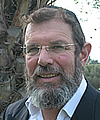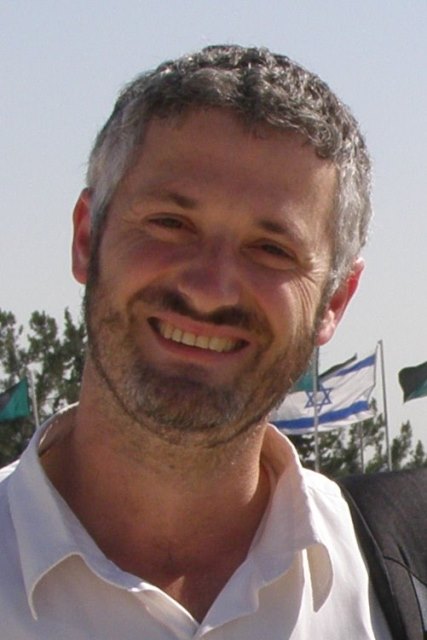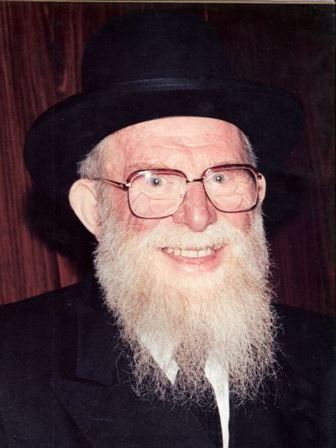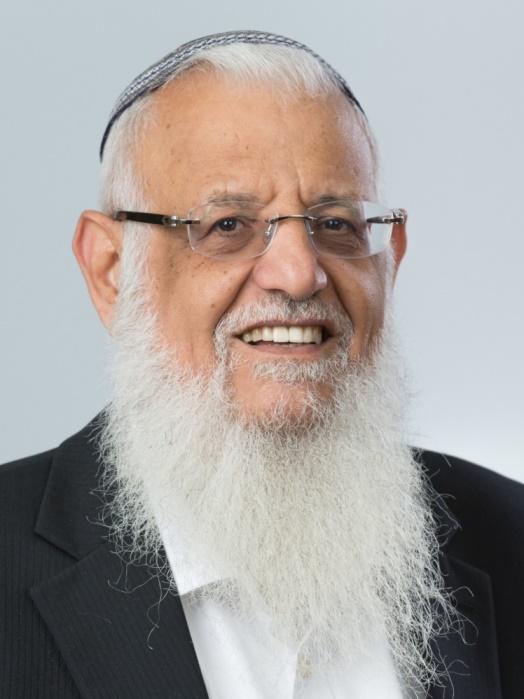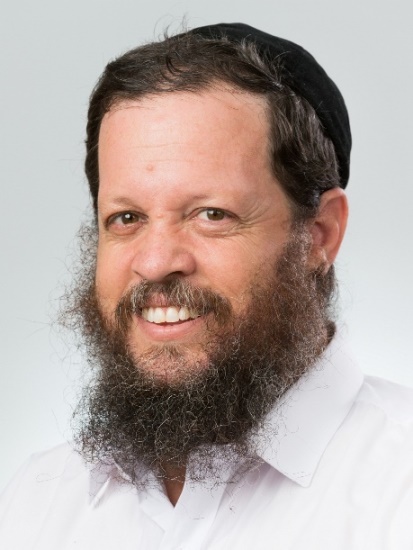פרשת תרומה: השראת השכינה במשכן
הרב משה סתיו
The topic of the Mishkan is central in Sefer Shemot. Although it is discussed elsewhere in the Torah as well, a different perspective is portrayed in each place. A prominent example of this is the description of the dedication of the Mishkan in three places – the end of Shemot, in Parshat Shemini in Sefer Vayikra, and in Parshat Beha’alotcha in Sefer Bamidbar. (Sefer Devarim speaks only of the permanent Mikdash in the place that Hashem chooses.) Chazal teach us that these three descriptions are of the same event and took place on the same day, but the description in the Torah seems to indicate that there were three separate events.
In Sefer Shemot, Moshe alone erects the Mishkan, after which it is covered by the cloud, reflecting the hashra’at haShechina. In Sefer Vayikra, the emphasis is on the sanctification of the Kohanim for the avoda, which fits with the main thrust of the entire sefer. In Sefer Bamidbar, the emphasis is on the dedication ceremony performed by the Nesi’im, and in this description, the Mishkan is part of the overall sanctity of the camp.1 This division is rooted in the different roles and perspectives on the role and place of the Mishkan. We will focus here on the presentation of the Mishkan in Sefer Shemot.2
The Mishkan and the Mikdash are first mentioned in the song sung at the Yam Suf. Onkelos translates the pasuk, “Zeh Keli ve’anveihu” as meaning, “This is my God, and I will build Him a Mikdash.” Rashi explains that the word “ve’anveihu” is from the root “naveh,” which means “place.” The shira concludes, “Mikdash Hashem konenu yadecha” – the greatest expression of the redemption of Yisrael will be when they reach their permanent destination, which is accomplished through the building of the Mikdash. These pesukim describe the Mikdash as the place of Hashem.
The pesukim describing the cloud that was present on top of the Mishkan after it was erected are very similar to the description of the building of the Mikdash in Sefer Melachim. After the aron was brought into the Mikdash, “When the Kohanim left the Kodesh, the cloud filled the house of Hashem, and the Kohanim could not stand to perform the service because of the cloud, for the glory of Hashem had filled the house of Hashem. Then Shlomo said: Hashem has chosen to dwell in a thick cloud. I have now built you a stately house, a place for you to dwell forever” (Melachim I 8:11-13). In addition to the similar description of the cloud, we should note that the commentators explain that the cloud symbolized the hashra’at haShechina, as the pasuk states, “In a cloud I will appear above the kaporet.” The entrance of the aron into Shlomo’s Mikdash constituted the establishment of a special place for the hashra’at haShechina, which David had longed for: “Until I find a place for Hashem.” Similarly, David said to Natan HaNavi: “Behold, I dwell in a house of cedar, and the aron of God dwells in a tent.” David’s son Shlomo fulfilled David’s dream: “And I built a house for the name of Hashem, the God of Yisrael, and I have placed there a place for the aron, in which is the covenant that Hashem made with our fathers when He took them out of Egypt.”
In his introduction to Sefer Shemot, the Rambam describes the book as the “Book of Redemption.” He explains: “The exile did not conclude until the time when they returned to their place and to the level of their fathers… When they came to Har Sinai and built the Mishkan and HaKadosh Baruch Hu dwelled His Shechina among them, they then returned to the level of their fathers… For this reason, this sefer concludes with the completion of the Mishkan, which was constantly filled with the glory of Hashem.” Clearly, the cloud represents the hashra’at hashechina in the structure of the Mishkan, the goal of the entire construction, as in this way Hashem dwells among Yisrael. The greatest expression of the hashra’at haShechina is through the aron, and for this reason, it is appropriate that the Miskhan be erected by the dedicated messenger who transmitted the Torah – Moshe Rabbeinu.
The Ramban writes in his introduction to Parshas Teruma: “The main purpose of the Mishkan is to serve as a resting place for the Shechina, which is the aron, as the pasuk states, ‘And I will meet with you there and I will speak to you from above the kaporet… The secret of the Mishkan is that the glory that dwelled overtly on Har Sinai would dwell there in concealment.” In the Mishkan in Nov and in Givon, there was no aron, but the Rambam did not refer to them as the Mishkan, as he did regarding Shilo, but rather as a Mikdash. This is because the Shechina was indeed no present there. Instead, the structure served only as a place designated for the sacrificial service.
1 All of Sefer Vayikra is dedicated to the topic of kedusha – beginning with the sacrifices, and continuing with the topics of purity and impurity, the sanctity of the Kohanim, and those things that prevent holiness, such as the arayot. The other topics mentioned in the sefer are also related to the topic of kedusha – the sanctity of the land (shemita and yovel) and the sanctity of man (arachin). In Sefer Vayikra, even topics such as eved ivri and the prohibition of theft are presented from the perspective of holiness: “They are my servants; they shall not be sold the sale of a slave…” “Be holy…Do not steal.” Those same mitzvot are presented elsewhere from the perspective of compassion and justice. In contrast, Sefer Bamidbar discusses the holiness of the camp, and thus even the topic of the sacrifices is presented from the perspective of Yisrael.
2 Chazal dispute whether Hashem spoke to Moshe from the aron, the mizbei’ach, or the mizbei’ach haketoret, and it is clear that each of these keilim represent a certain aspect of the hashra’at haShechina in the Mishkan.
קוד השיעור: 7498
לשליחת שאלה או הארה בנוגע לשיעור:

